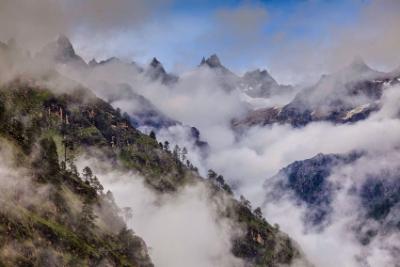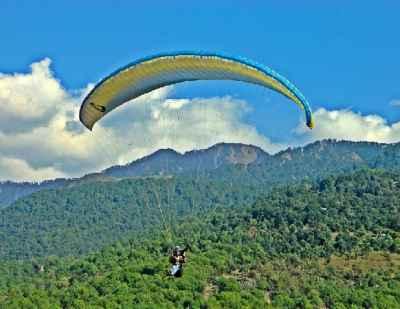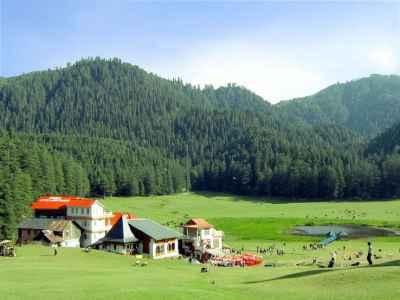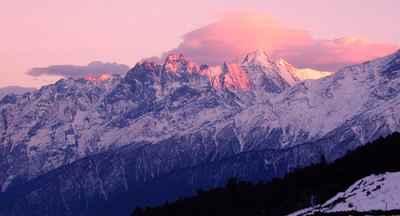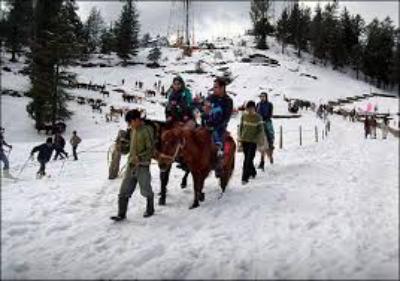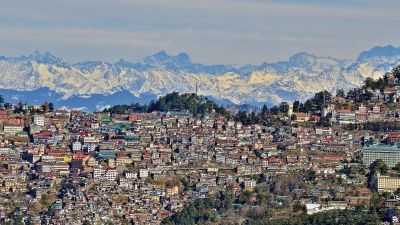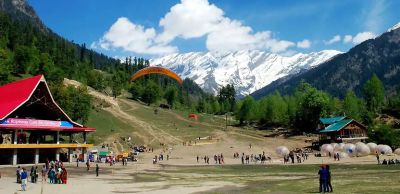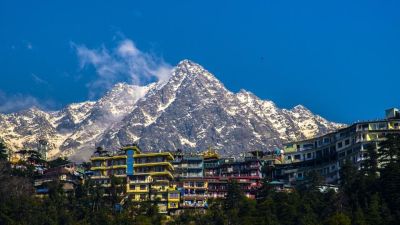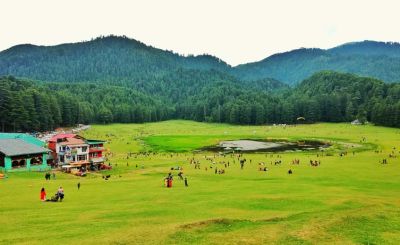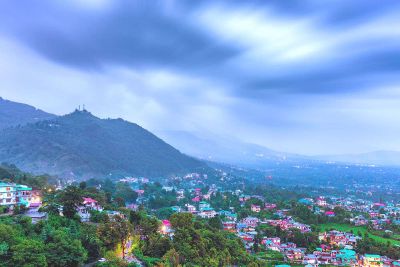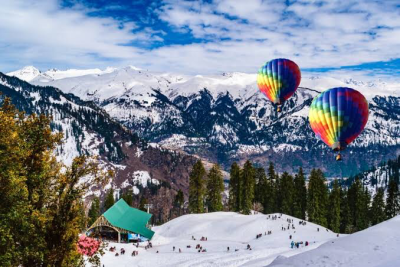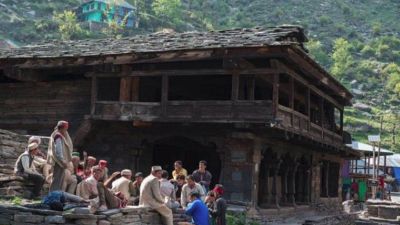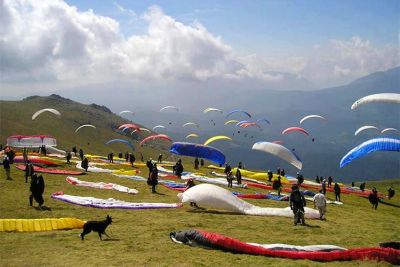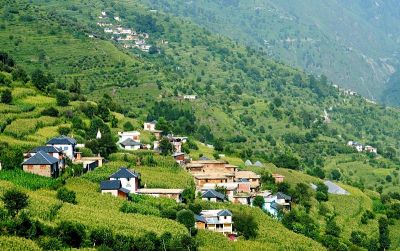The History and Culture Surrounding Rohtang Pass: A Deep Dive
The Rohtang Pass is a breathtaking mountain pass located in the state of Himachal Pradesh in India. Situated at an elevation of 3,978 meters above sea level, it serves as a gateway to the stunning Lahaul and Spiti valleys. Apart from its natural beauty, the pass is also steeped in rich history and cultural significance. In this blog post, we will take a deep dive into the history and culture surrounding the Rohtang Pass.
The Historical Significance:
The name "Rohtang" translates to "pile of corpses" in the local language, and it earned this chilling name due to the challenging weather conditions that often lead to accidents and fatalities in the past. The pass has served as an important trade route since ancient times, connecting the Indian subcontinent with Central Asia. It was a part of the famous Silk Route that facilitated the exchange of goods and ideas between India, Tibet, and China.
The Rohtang Pass had strategic importance during the British Raj era as well. It was a vital link between the colonial powers and the northern regions of India. The British used this pass to transport goods and military equipment to their stations in the Upper Himalayas. Many battles were fought in the vicinity of the pass during various wars, adding to its historical significance.
The Cultural Heritage:
The Rohtang Pass holds immense cultural value for the local communities residing in the surrounding areas. It is predominantly inhabited by the indigenous people of Lahaul and Spiti, who have their distinct language, customs, and traditions. These communities have preserved their unique way of life for centuries, and visiting the pass gives travelers an opportunity to immerse themselves in their rich cultural heritage.
The Lahaul and Spiti valleys are home to numerous Buddhist monasteries that date back to several centuries. These monasteries are architectural marvels and serve as important centers for Buddhist rituals and practices. The Rohtang Pass area is dotted with monasteries such as the Key Monastery, Tabo Monastery, and Kardang Monastery, each offering a glimpse into the spiritual traditions and beliefs of the local people.
One of the most vibrant cultural festivals celebrated in the region is the Lahaul-Spiti Festival, which takes place in the month of July. During this festival, the locals showcase their traditional dances, music, and attire, providing visitors with a delightful experience. The festival also offers insights into the agricultural practices, folk songs, and arts and crafts of the region.
Exploring the Rohtang Pass:
Visiting the Rohtang Pass is a thrilling experience for adventure enthusiasts and nature lovers alike. The pass is famous for its picturesque landscapes, snow-capped peaks, and scenic beauty. It attracts a large number of tourists every year, who flock here to witness its splendor.
One of the major attractions near the pass is the Solang Valley, which offers a plethora of adventure activities such as skiing, zorbing, paragliding, and trekking. The nearby town of Manali is a popular tourist destination and serves as a base camp for exploring the Rohtang Pass. It is known for its ancient temples, hot springs, and vibrant markets.
It is important to note that a visit to the Rohtang Pass requires a permit, as the government regulates the flow of vehicles to preserve the fragile ecosystem of the area. The pass is only open from May to November, as heavy snowfall blocks the road during the winter months.
Conclusion:
The Rohtang Pass is not just a picturesque mountain pass; it is a treasure trove of history and culture. Its historical significance as a trade route and its cultural heritage make it a must-visit destination for anyone who wants to delve deeper into the roots of this region. So, plan a trip to the Rohtang Pass and immerse yourself in the captivating history and rich cultural traditions that surround it.
Don't forget to share this blog post with your fellow travel enthusiasts and encourage them to explore the wonders of the Rohtang Pass!
Disclaimer : The information provided in this blog is for general informational purposes only. While we strive to keep the content accurate and updated, TravelSetu assumes no liability for errors or omissions. If you believe any part of this blog infringes your rights or causes concern, please notify us immediately at info[at]travelsetu[dot]com so that appropriate action can be taken.
